We may receive a commission when you use our affiliate links. However, this does not impact our recommendations.
I’m building a pair of Roman workbenches in my shop that I’ll be demonstrating at Woodworking in America this fall (Sept. 16-18 in Covington, Ky.). This will be my only public appearance in 2016 – I am in full-on hermit mode right now.
Why the heck would an Arkansas boy build Roman workbenches? Easy. They were the dominant form of workbench for about 1,500 years, they are simpler to build than modern workbenches, and I think they have some things to teach us.
The workholding is simple and ingenious. The Roman-style holdfast is unlike any modern holdfast I’ve used. And the tail vise is literally a tail vise. You put your tail on the work. And there is a lot more to demonstrate, especially when jointing edges.
I’m building two benches to show the variants. When you look closely at old images it’s obvious that there are two bench heights. One is about knee-high and narrow. The other is the height of a modern workbench – about thigh-high.
Both are made using staked construction – splayed legs that are mortised into the top. No stretchers. No shelf. No tool tray.
The short bench won’t have any vises whatsoever. Just holes for pegs and holdfasts. The tall bench, on the other hand, will explore a very late Roman bench that I think is the transition point between the Roman bench and the modern bench. It has both a tail vise and face vise, though they work differently than our modern ones.
If you’d like to get a look at these benches, be sure to come to Woodworking in America this fall. The organizers have lined up a bunch of demonstrators that are top-notch (check out the list here). My benches will be there the whole time and you’ll get a chance to give them a try for yourself (you’ll have to bring your own toga).
— Christopher Schwarz
Here are some supplies and tools we find essential in our everyday work around the shop. We may receive a commission from sales referred by our links; however, we have carefully selected these products for their usefulness and quality.



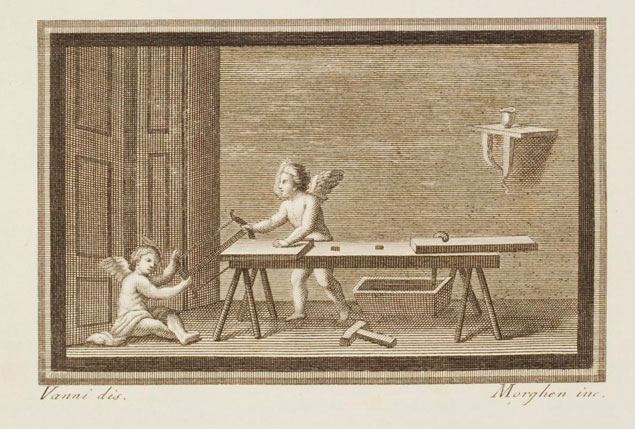
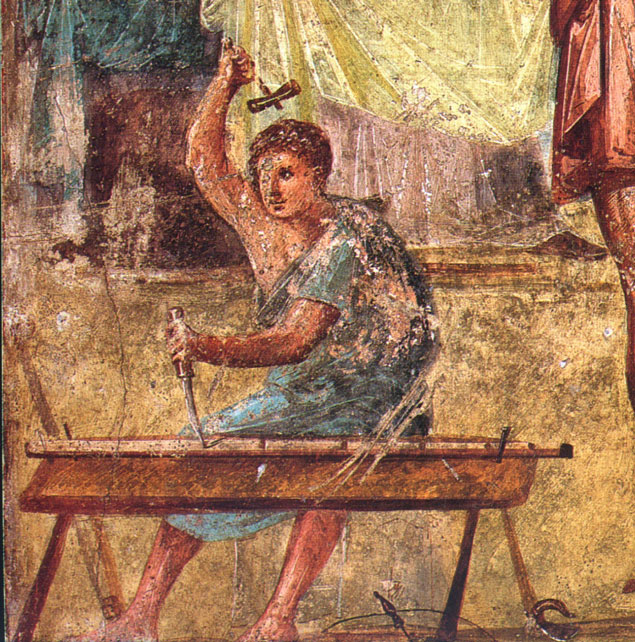
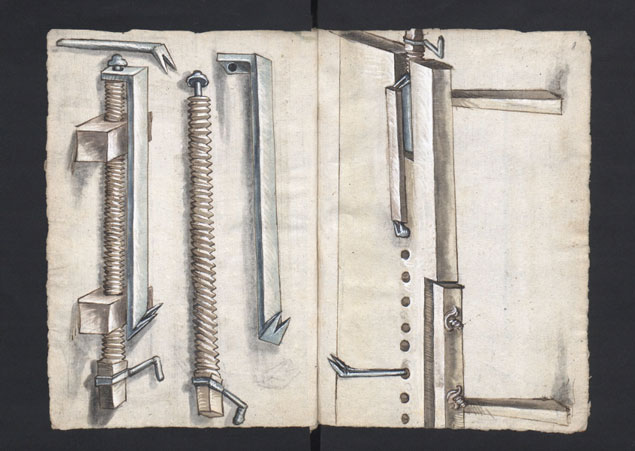




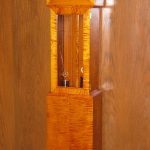
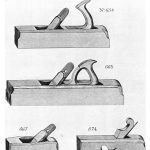
Will you be posting any pictures of the benches once they are done? I can’t make it to the show to see them, but would love to see pictures if nothing else.
Hey Chris…Do you still live in AR?
Really like the articles btw 🙂
The attire of the worker in the color photo doesn’t appear to be wearing Roman garb. A Roman would be wearing a tunic, which would look like a long T-shirt. He has one shoulder exposed, so it’s not a tunic. Depending on the actual time period, he might be Greek, but I only say that as I’m not familiar with Ancient Greek garb.
It would not surprise me if he’s a slave, as they tended to do most of the work.
Finally a reason to bust out my old toga…
The attire worn while working on them seems different too, ranging from toga-esque to cherubic draping. I’m looking forward to seeing that demonstrated too.